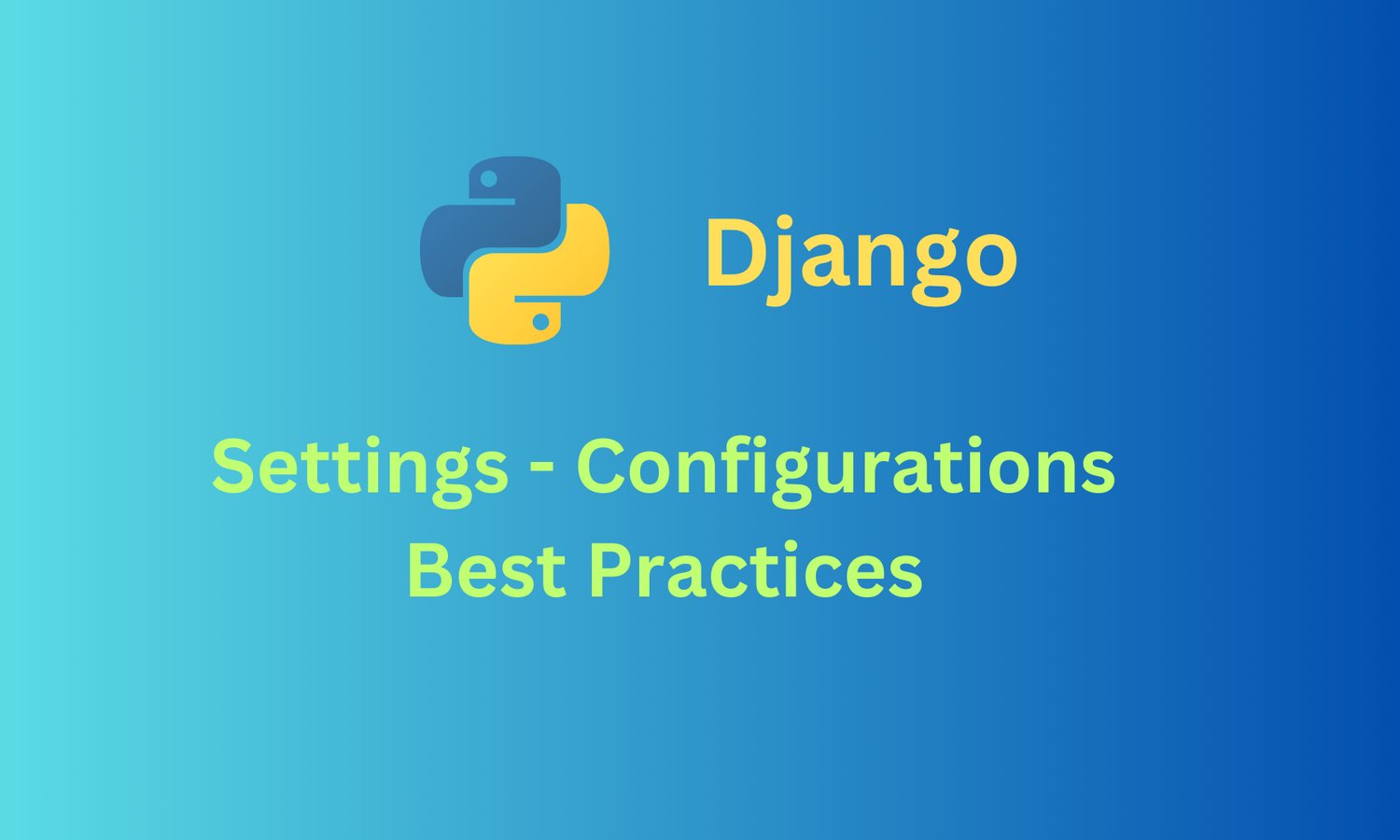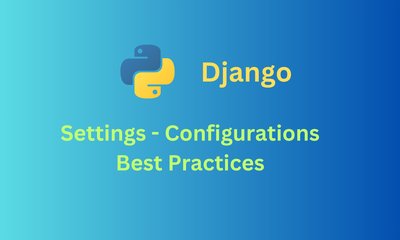By khoanc, at: 2023年3月21日14:13
Estimated Reading Time: __READING_TIME__ minutes


By khoanc, at: 2023年3月21日14:13
Estimated Reading Time: __READING_TIME__ minutes


